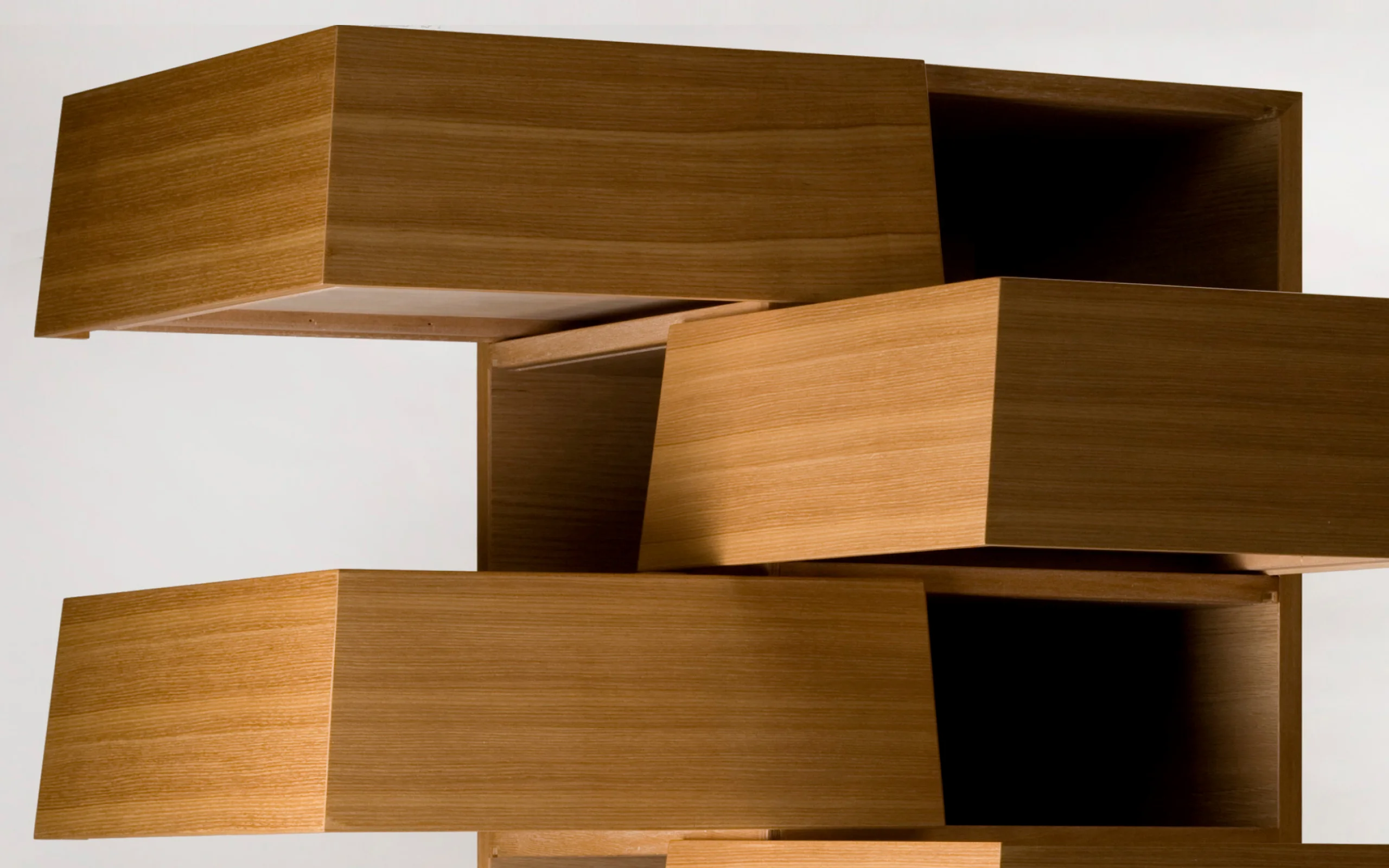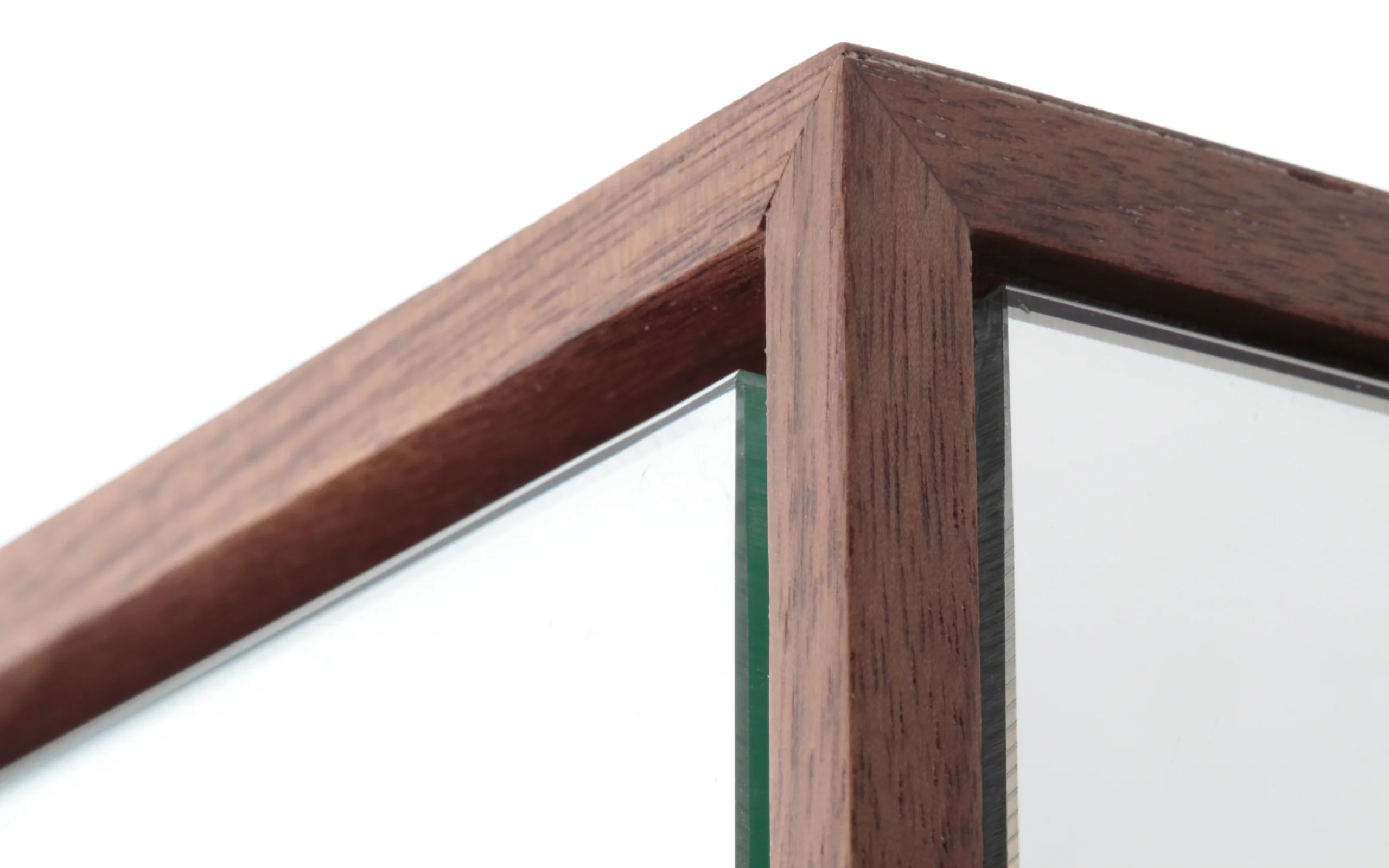
PROJECT
Frames
Design project creating new connections between traditional crafts and modern consumers. Good Design Award winner.

WHY
How can we rethink wasted space in interiors?
The craftsmanship of shipwright technology that supported the “Awahan” naval forces of Tokushima Prefecture was handed down from the Edo period. This technology developed from the Meiji to the Showa period as a major production area for box furniture that mainly focused on chest drawers, mirrors, and altars. However, Japan’s traditional industrial value of production had fallen to 1/5 in the past 40 years. Tokushima’s wood industry has been declining year by year, due to changes in modern lifestyle. Along with the rise of cheaper overseas products, Japan’s leading box furniture production drove into prosperity. Where the wood industry was going out of business, we questioned what kind of design could revive the industry to create new opportunities for highly skilled carpenters of Tokushima.
Changes in production value of traditional craft industry.

HOW
An ultimately simple standing mirror.
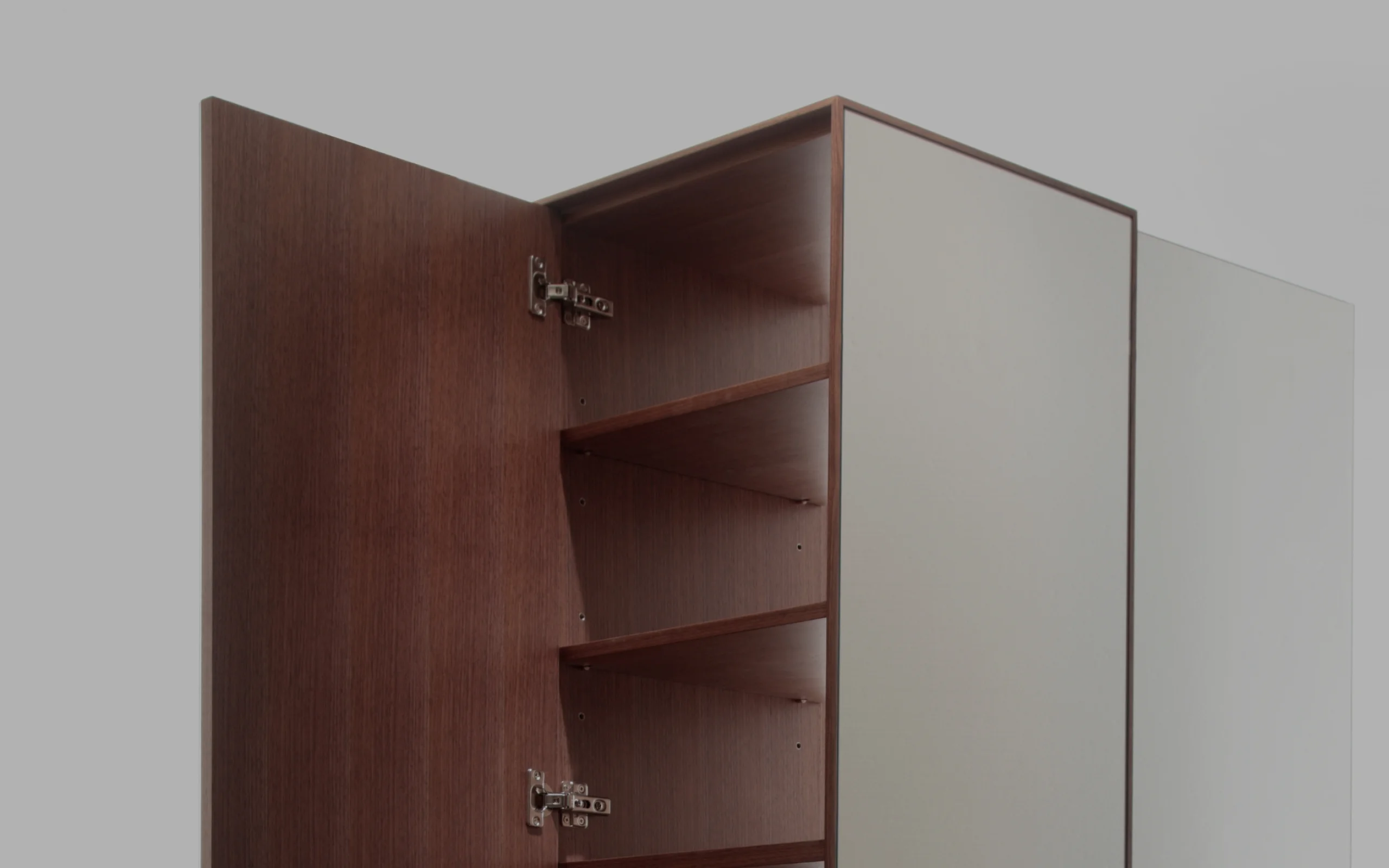
By expanding the potential of box furniture technology cultivated in Tokushima, we developed a rectangular mirror with casters, together with the planner, manufacturer, and seller Akizuki Mokko. FRAMES was initially a flat (2D) mirror, which developed into a rectangular solid (3D). As it is hollow inside, we were able to hide storage space and casters that would be usually visible. For this reason, it can be in boutiques where space is limited, used by up to 4 people at one time. For the use in various types of boutiques and salons, we pursued a simple shape. The 8 mm frame seems thinner than it looks, as the thickness of the outer frame of the mirror is inside―a unique technique of Tokushima’s artisans.
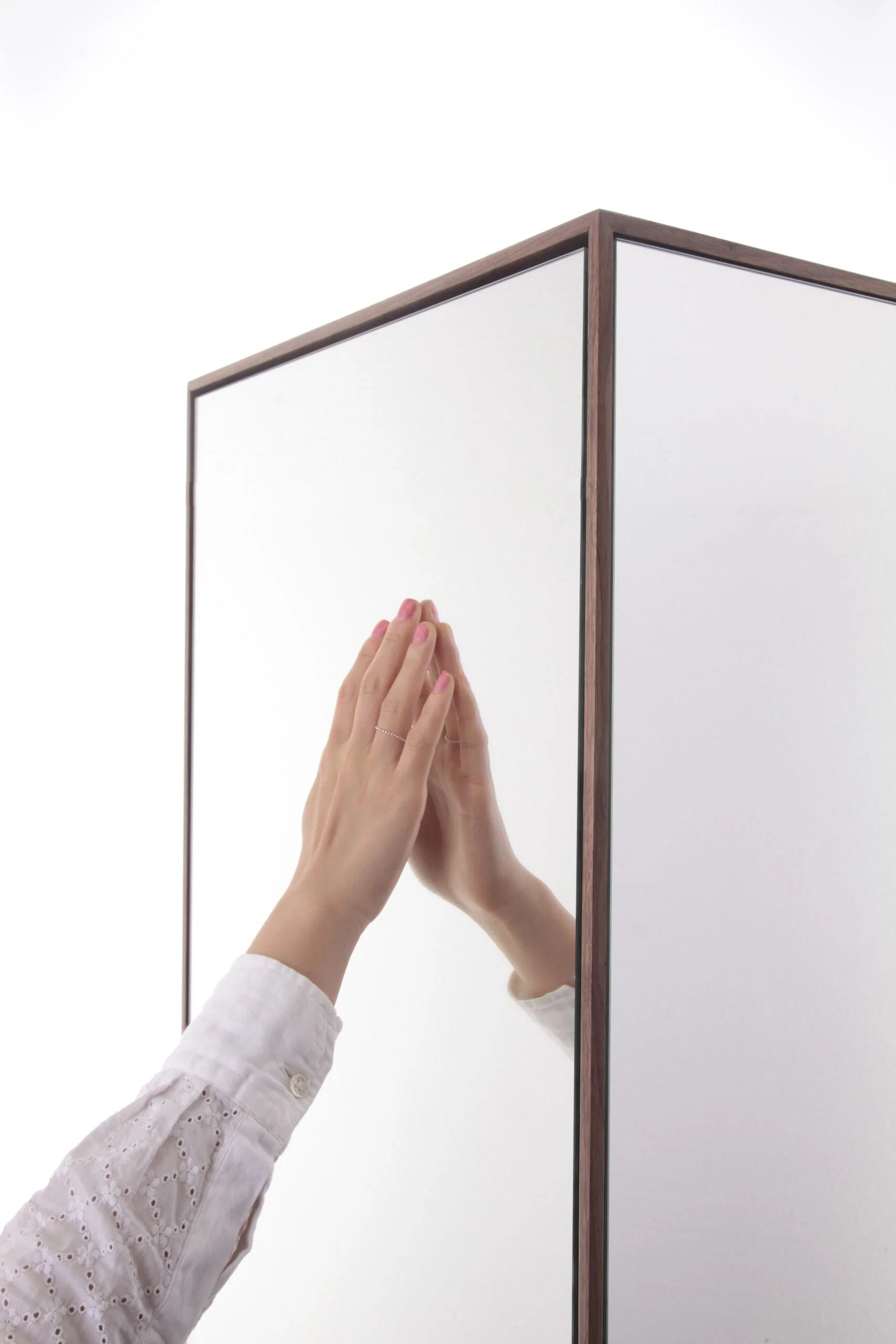
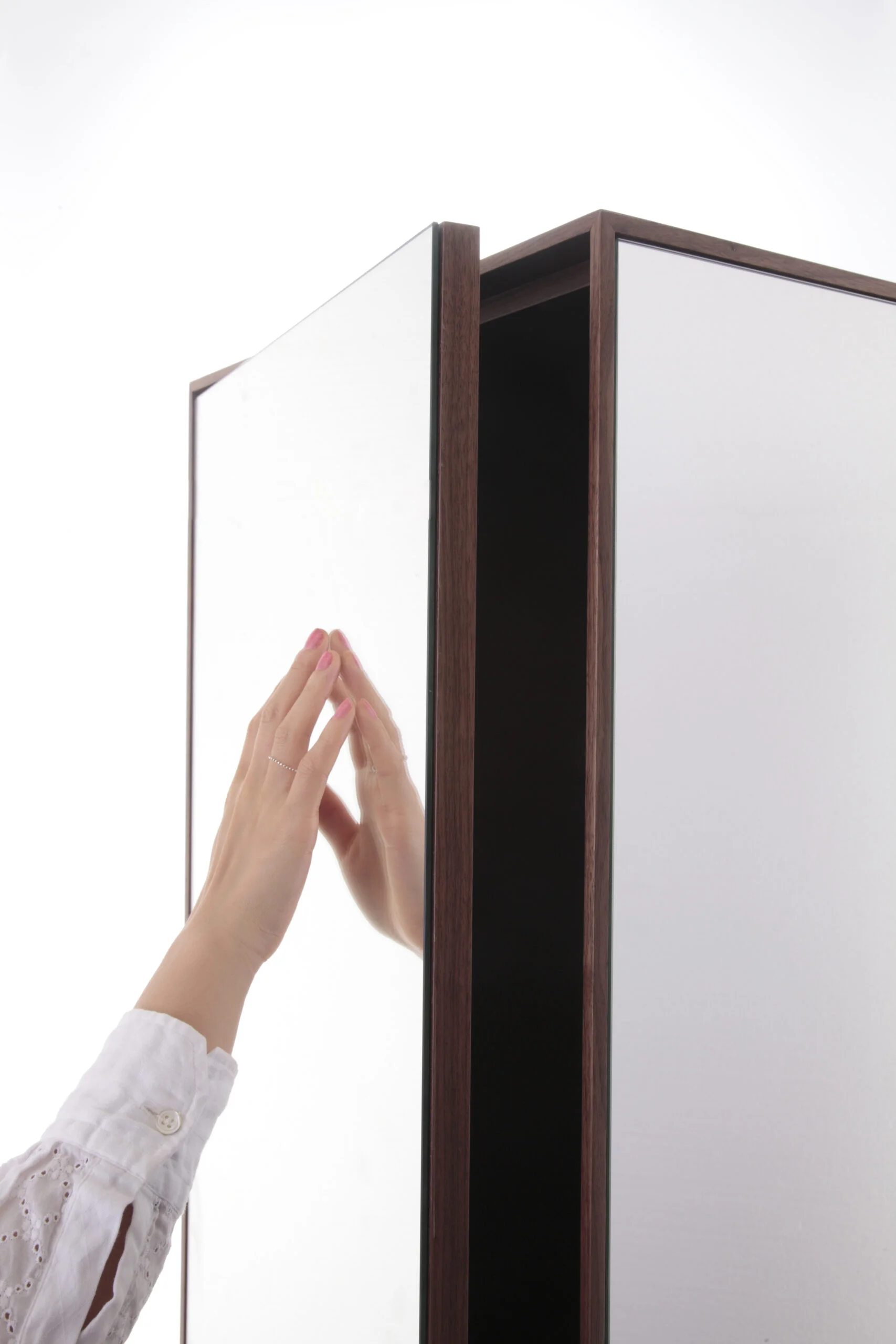
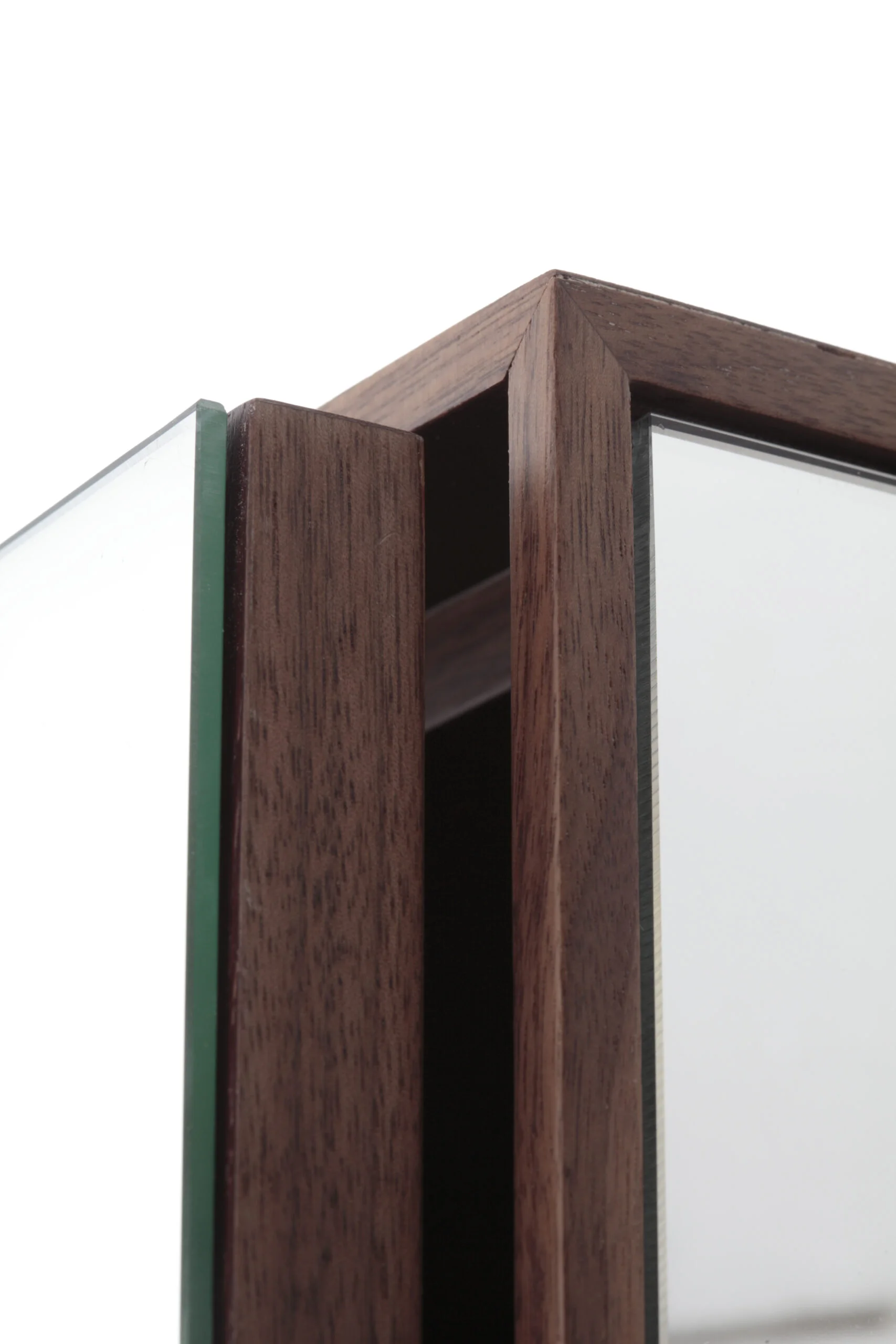
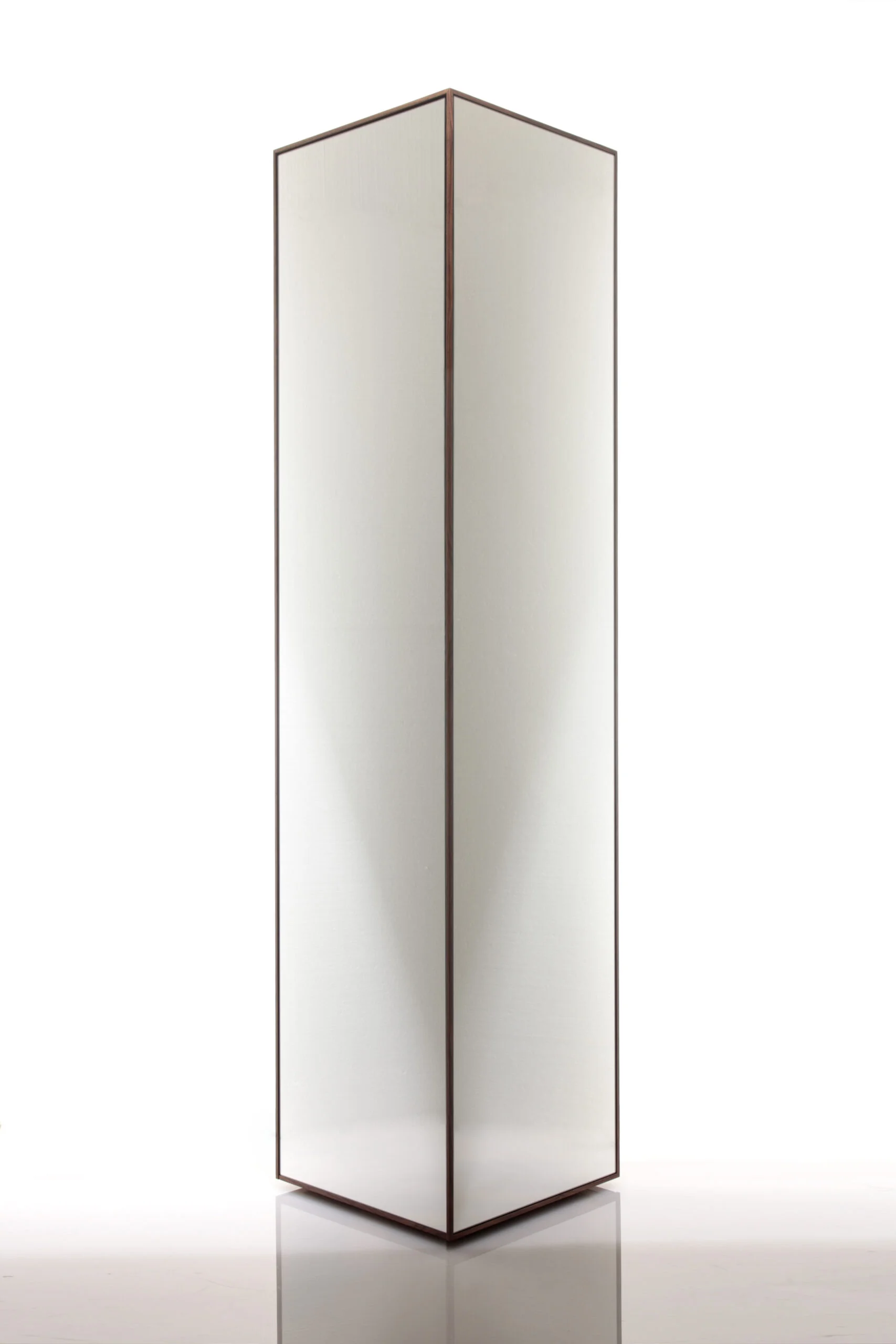
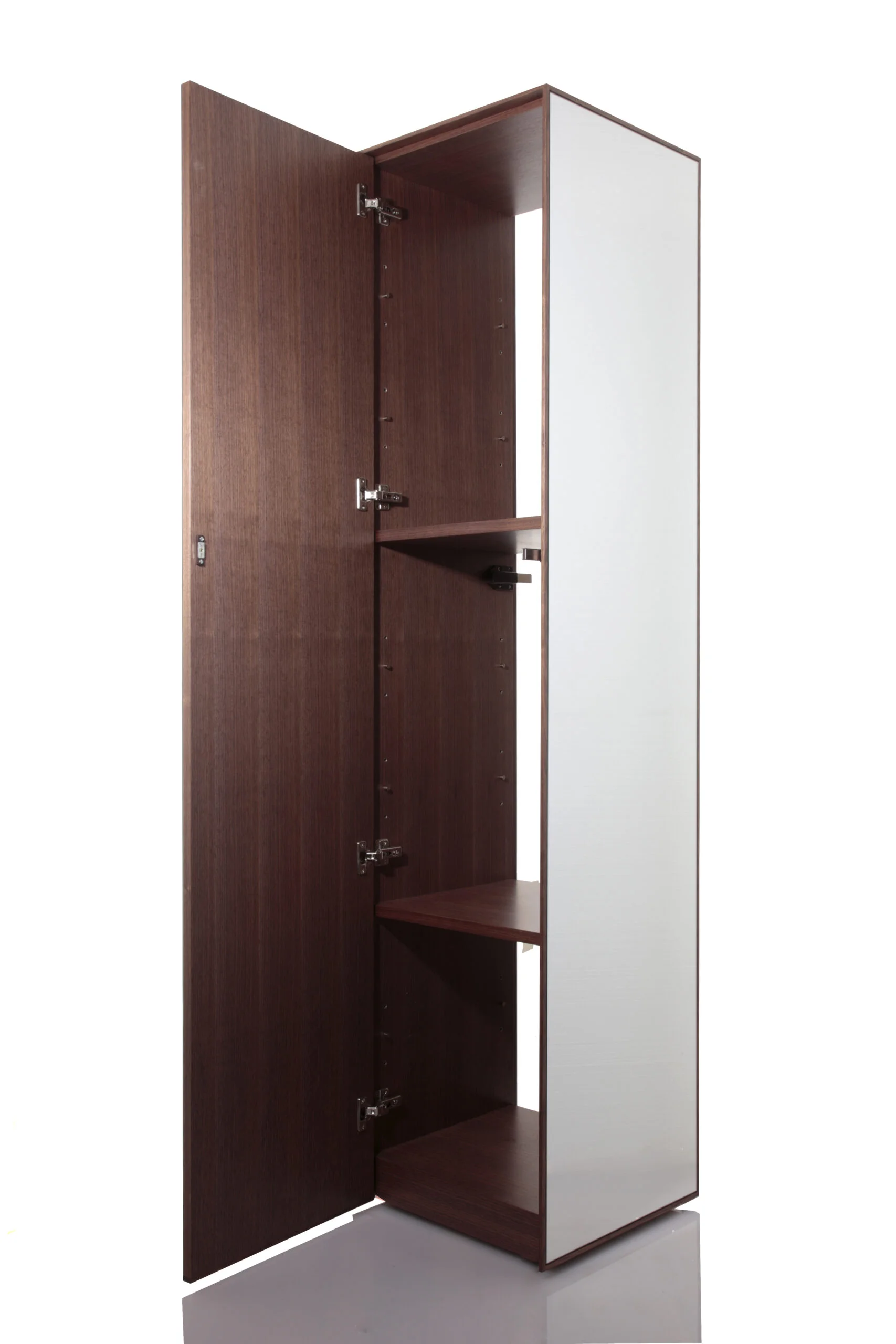
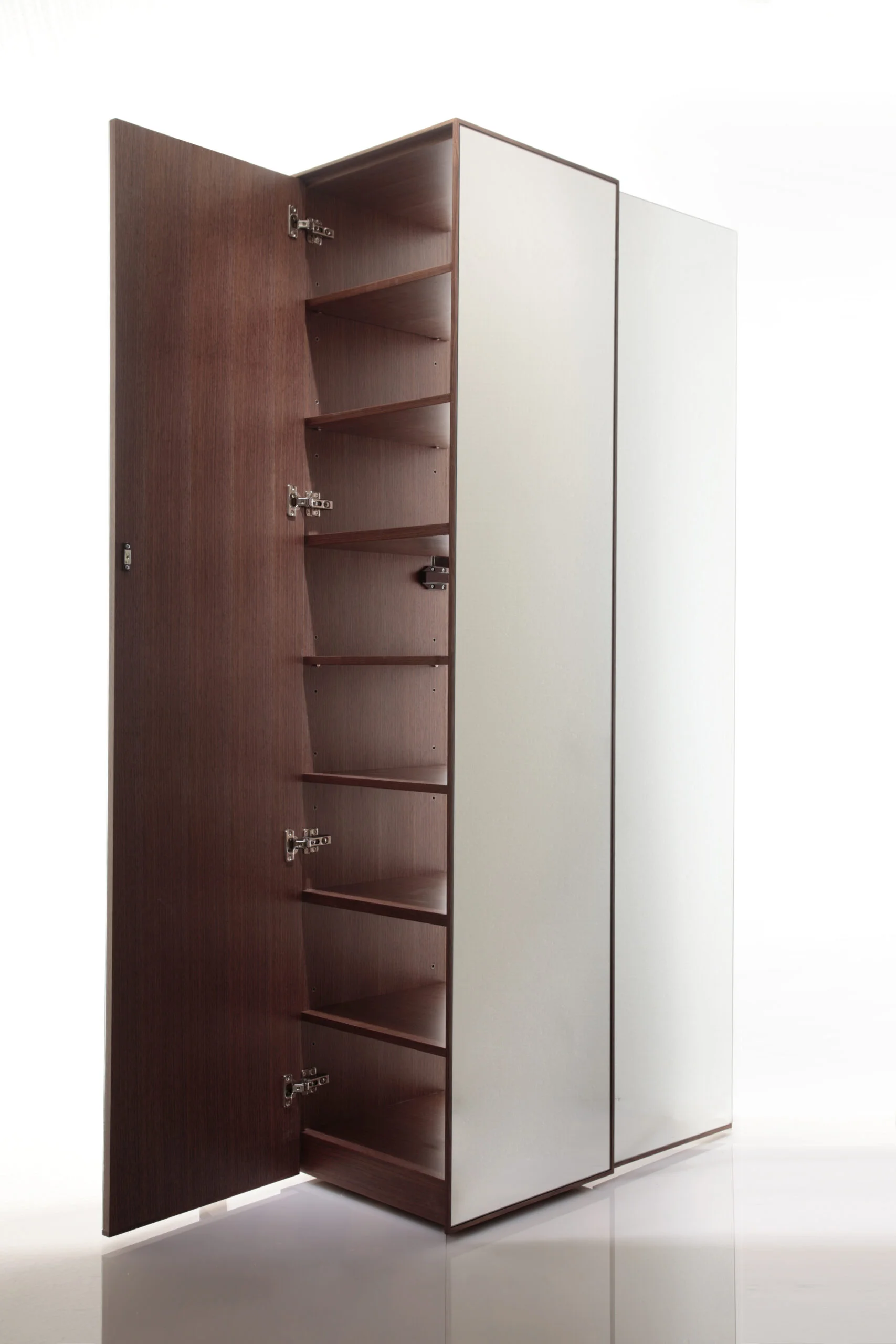
WILL
Although the design was highly appreciated, the original purpose still needs to be reached.
FRAMES is highly acclaimed in various fields, including the 2010 Good Design Award. This project was able to utilize the power of design to create a new point of contact between traditional technology and consumers. It has become a successful example of production areas in crisis. However, we realized this was not enough. Our purpose is to create new markets, movements, and relationships through branding and communication strategies, to save as many artisans and production areas as possible. These designs were a part of a series of projects NOSIGNER and Eisuke Tachikawa worked on, as a traditional industrial producer in Tokushima prefecture from 2007 to 2009. This series brought about valuable experiences that would determine our future missions.
INFORMATION
- What
- Frames
- When
- 2008
- Where
- Tokushima, Japan
- Client
- AWA FURNITURE COLLECTION
- Scope
- Product design
CREDIT
- Product Design
- NOSIGNER (Eisuke Tachikawa)
- Manufacturer
- MOTOBAYASHI kagu CO., LTD.
- Photograph
- Masaharu Hatta

